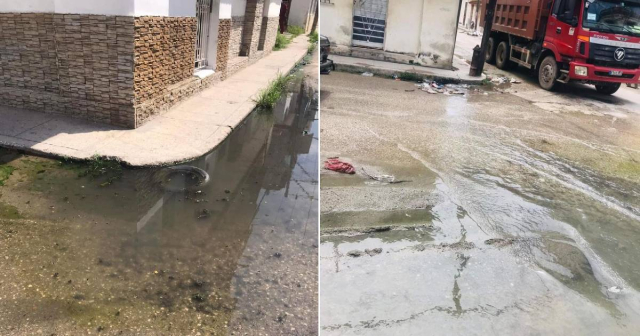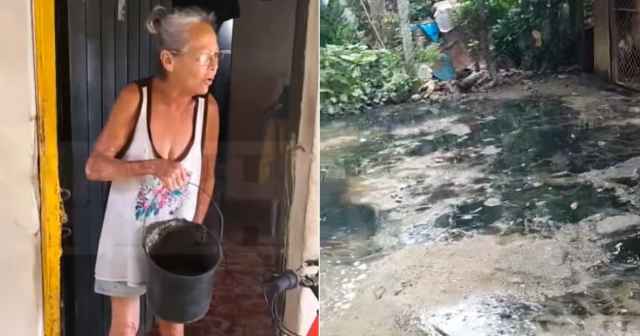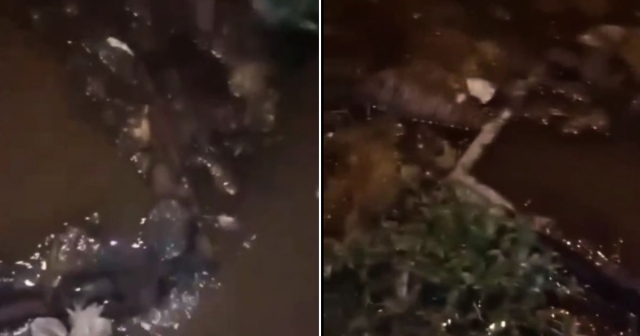
Journalist Maya Quiroga reported on Facebook a huge water leak at the intersection of Línea and 10 streets, in Vedado, Havana, amid a severe crisis of potable water supply affecting the capital.
"Water continues to flow from the springs on Línea and 10 streets,” expressed the internet user in a complaint that adds to those of other residents in the mentioned Havana neighborhood since September.
At the end of last month, the Cuban Mirtha Fernández, a resident of building 510 in Vedado, also used social media to denounce the difficulties she and her neighbors face in accessing water.
Despite the promises from the authorities and the state company Aguas de La Habana, the supply remains irregular, primarily affecting the elderly and people with reduced mobility.
The situation has worsened since July, when a failure in the power lines supplying the Cuenca Sur, one of the main water supply sources for the city, further exacerbated the crisis in areas such as El Vedado.
Despite the efforts announced by the authorities, water leaks persist.
In March 2023, the National Institute of Hydraulic Resources (INRH) acknowledged that there are more than 4,000 leaks across the country, of which more than 2,000 are in the capital.
Despite official statements that efforts are being made to resolve these issues, leaks and interruptions in the water supply continue to affect hundreds of thousands of people: in Havana alone, more than 300,000 residents depend on tank trucks to access drinking water.
The lack of drinking water is not only causing logistical problems for citizens but also health issues.
The accumulation of water in the streets creates unsanitary conditions and facilitates the spread of diseases such as dengue and Oropouche fever.
Furthermore, the cost of private water truck services is unaffordable for many residents, leaving a large part of the population in a vulnerable situation.
What do you think?
COMMENTFiled under:






